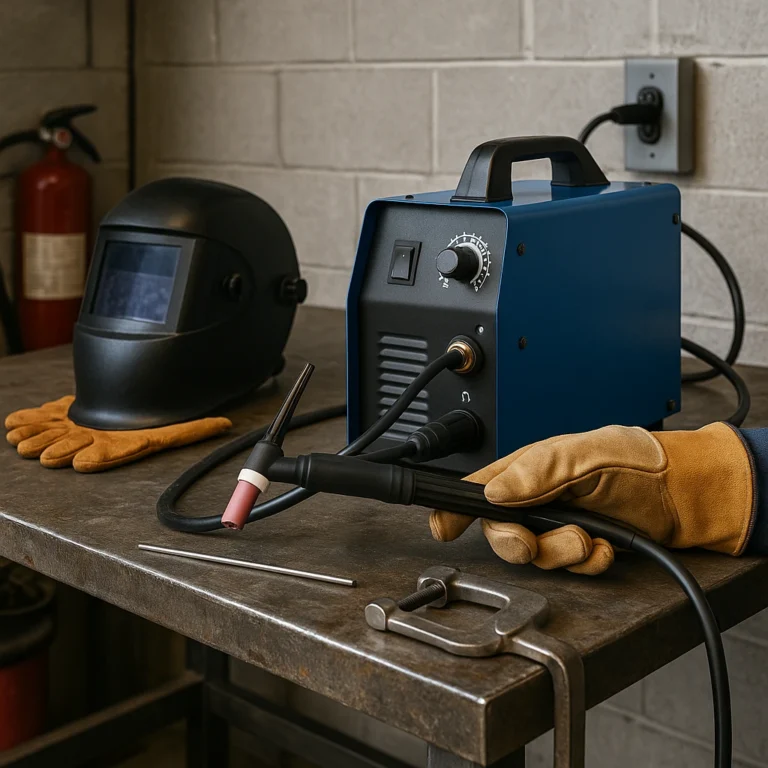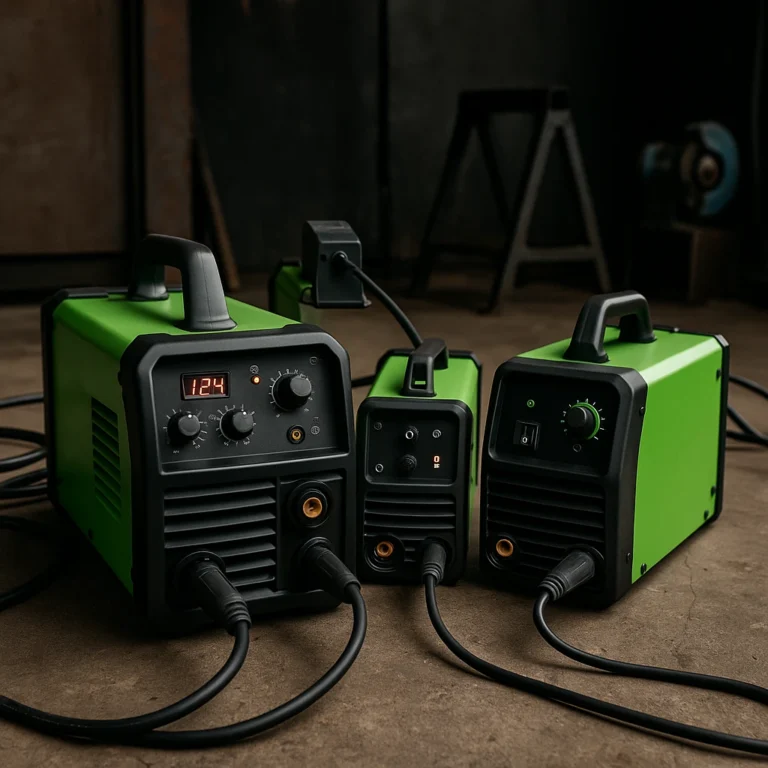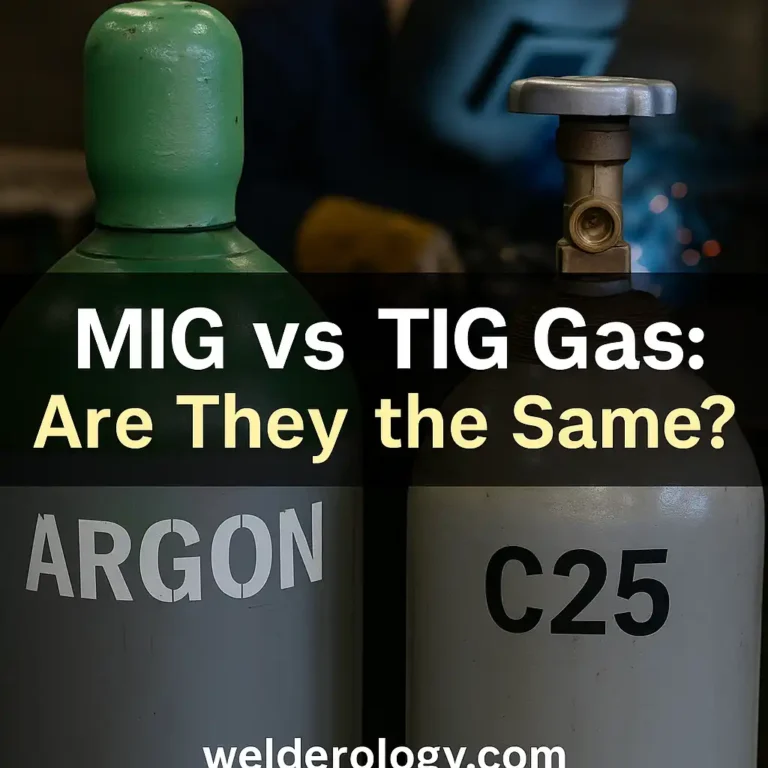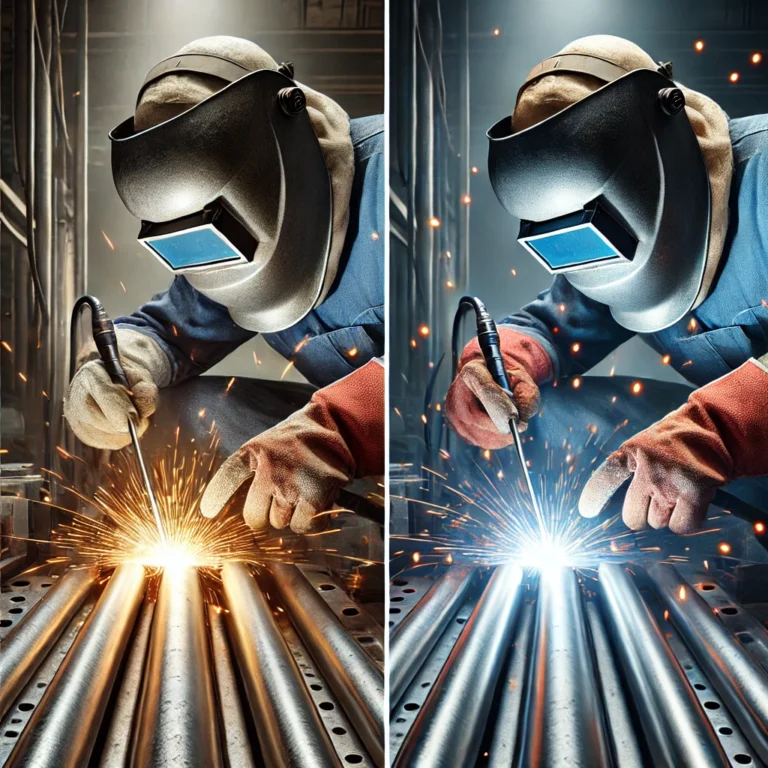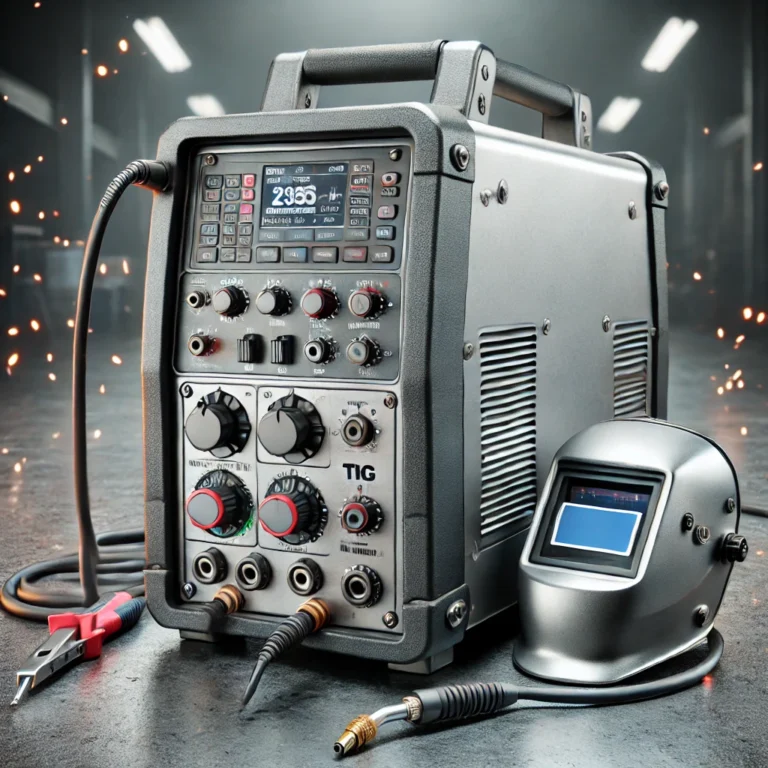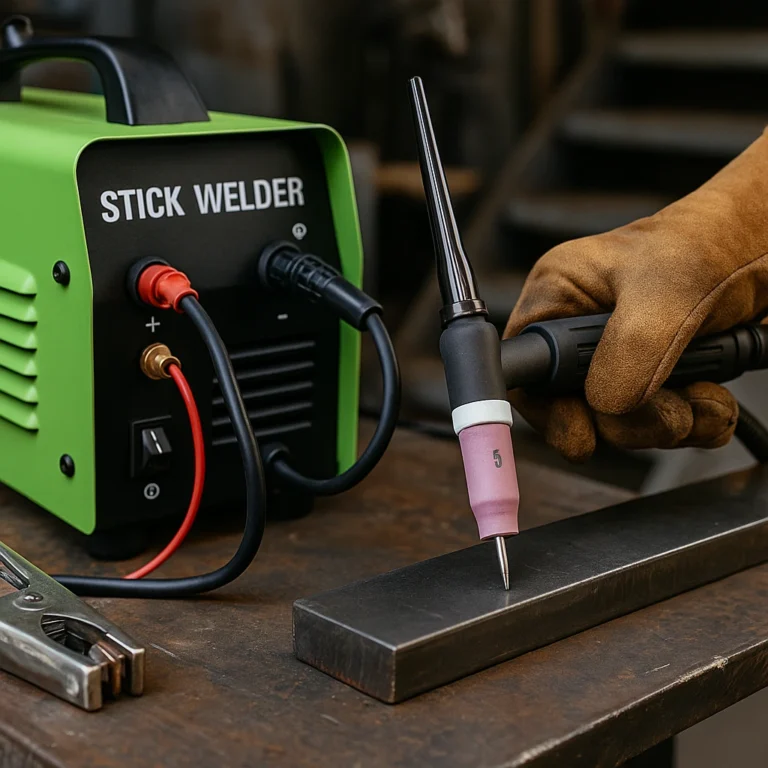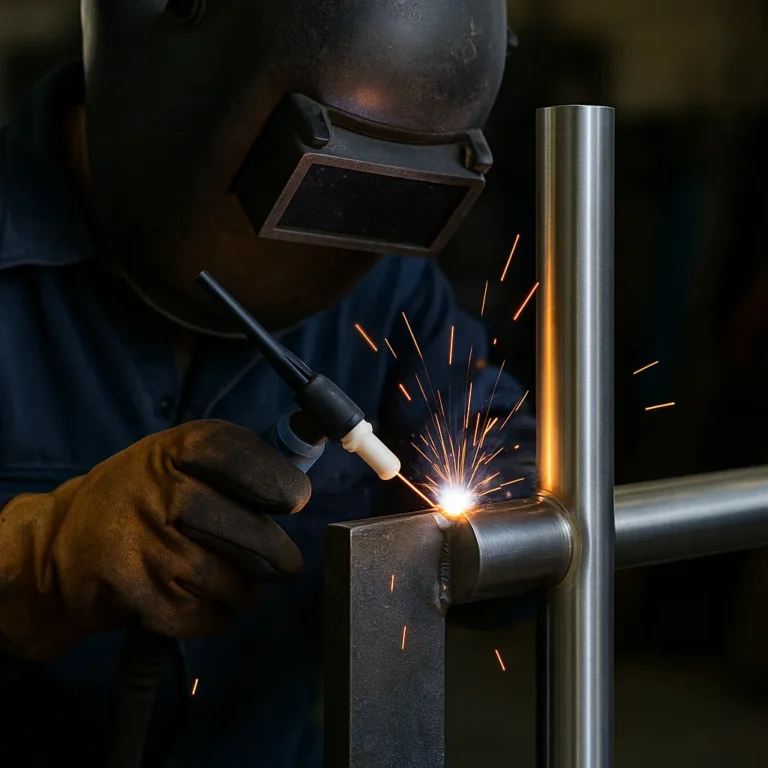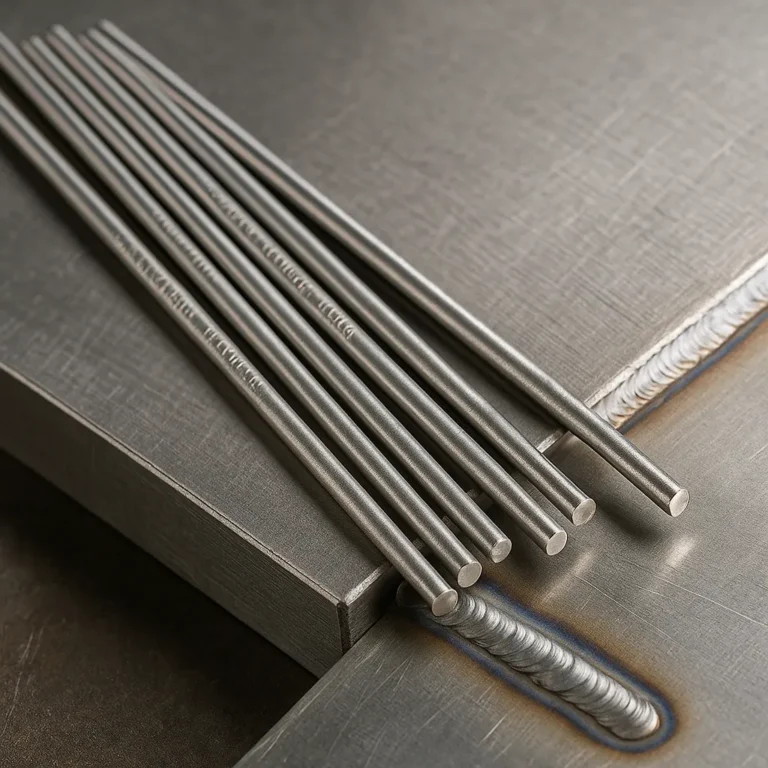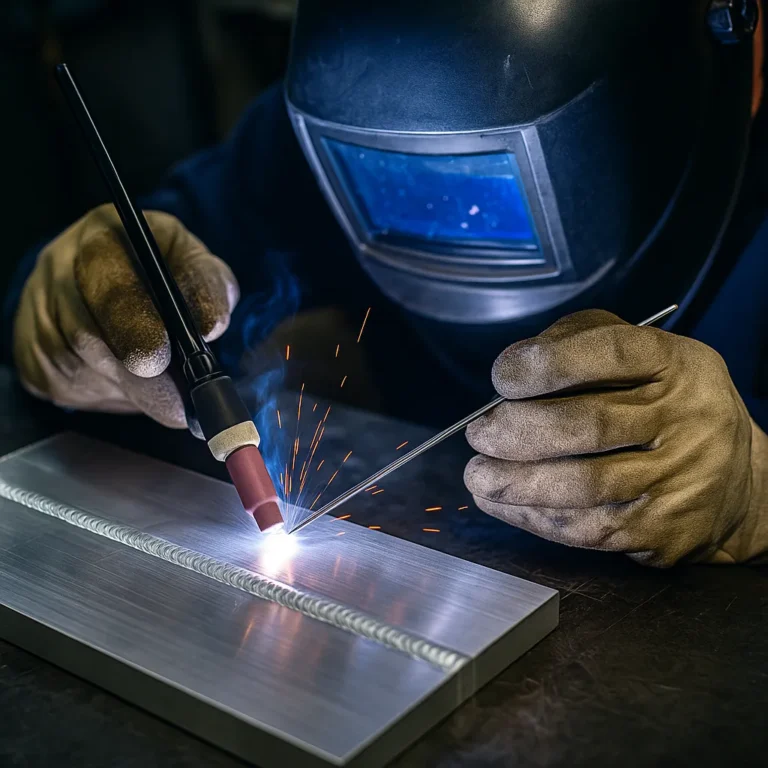Getting Started with TIG Welding – Tools and Setup Tips That Make Learning Easier
Last Updated: August 5, 2025 If you’re learning TIG welding, the gear you choose and how you set up your space can make or break your progress. This process is slower and more precise than MIG or stick, which means every piece of your setup has to pull its weight—especially if you’re working in a…

